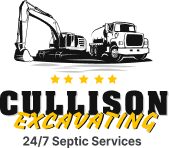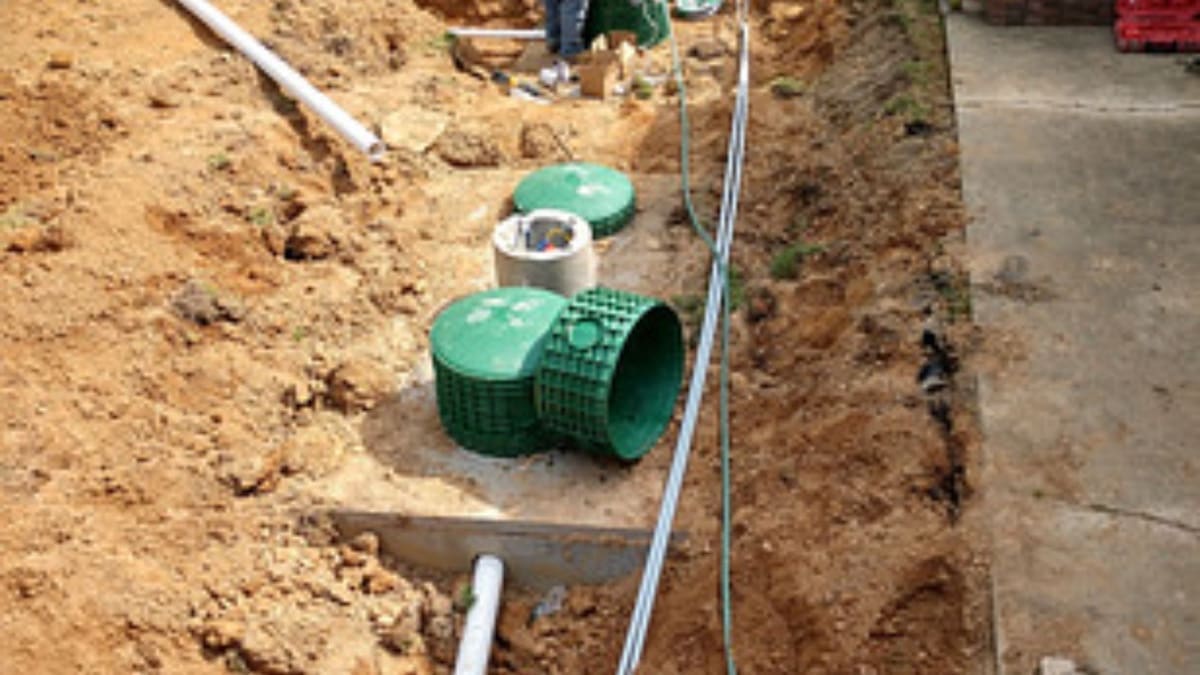The plumbing system in your house has a silent companion in the form of a septic system. It’s out of sight, out of mind until something goes wrong. And when it does, you’ll wish you had caught it sooner. That’s where septic inspections come in.
Whether you’re a homeowner, a potential buyer, or planning to sell, septic inspections are essential. This guide will break it all down – what they are, why they matter, what’s involved, and how to find reliable septic services near you.
Why Septic Inspections Matter
Septic systems process all the wastewater from your home everything from the toilet, shower, sinks, and washing machine. Over time, systems can develop blockages, leaks, or structural problems. Without routine inspections, these issues can lead to:
-
Costly repairs or system replacements
-
Health hazards due to sewage backups
-
Environmental contamination
-
Property value decline
A septic inspection helps catch these issues early, keeping your system healthy and your wallet intact.
When Should You Get a Septic Inspection?
You don’t have to wait for a foul smell or backup to think about your septic tank. Here are the most common times homeowners should schedule for a septic inspection service:
1. Before Buying a Home
Never skip a septic inspection during the home-buying process. It’s not typically included in a standard home inspection, and overlooking it could cost thousands in repairs later.
2. Before Selling a Home
Sellers who provide proof of a healthy septic system can increase buyer confidence and potentially sell faster.
3. Every 1–3 Years
Depending on system size and household consumption, the Environmental Protection Agency (EPA) advises septic inspections every one to three years.
4. After Heavy Rainfall or Flooding
If your property has experienced flooding, it’s a smart move to inspect your system for any damage or saturation issues.
Types of Septic Inspections
There are two main types of inspections, and the one you need depends on your situation:
Visual Inspection
Usually done by home inspectors during real estate transactions. The inspector checks:
-
Water pressure
-
Signs of backup
-
Drain field condition
-
Basic tank functionality (via dye test)
Limitations: It doesn’t involve opening the tank or checking sludge levels. Think of it as a “surface check.”
Full Inspection (Comprehensive)
Performed by licensed septic professionals. This includes:
-
Locating and uncovering the septic tank
-
Pumping the tank to check its condition
-
Measuring sludge and scum layers
-
Checking baffles and tees
-
Testing water flow and backflow
-
Inspecting the drain field for saturation or failure
This is the gold standard for septic system inspections and is highly recommended for homeowners and real estate transactions.
What’s Involved in a Full Septic Inspection?
Here’s what you can expect during a full inspection:
1. Locating the Tank
If your tank’s location is unknown, the inspector may use probes or electronic locators to find it.
2. Uncovering the Tank
If you don’t have risers installed (above-ground tank access), this process may take longer.
3. Measuring Sludge & Scum
Using a special tool, the inspector measures how much waste is inside.
4. Structural Inspection
The technician checks for cracks, leaks, corrosion, and the condition of the tank walls, baffles, and pipes.
5. Flow Testing
Water is run through the home’s plumbing to ensure the system can handle regular use without backups.
6. Drain Field Evaluation
The inspector walks the drain field area to look for signs of oversaturation, odors, or standing water, all signs of a failing system.
Signs Your Septic System May Need Inspection Sooner
Even if you’re not due for a routine inspection, some red flags mean it’s time to call a pro:
-
Slow drains or gurgling sounds from toilets and sinks
-
Foul odors around your yard or drains
-
Lush & green patches over the drain field
-
Standing water near the septic tank
-
Sewage backup inside the home
What to Ask Your Septic Inspector
Before you hire someone, ask these questions:
-
Are you licensed and insured?
-
How many inspections have you performed?
-
Will you provide a written report with photos?
-
Is pumping included in the service?
-
Do you offer repair or septic maintenance services?
A reputable provider will welcome these questions and answer them confidently.
How to Prepare for a Septic Inspection
Make the process easier and faster by preparing ahead of time:
-
Clear the area above the septic tank lid(s)
-
Locate records of past inspections or pump-outs
-
Limit water use before the inspection to get accurate results
-
Secure pets to ensure safety during the inspection
Preventative Maintenance After Inspection
Once your inspection is done, follow up with good habits:
-
Pump your tank regularly (usually every 3–5 years)
-
Avoid flushing wipes, grease, or harsh chemicals
-
Divert rainwater away from the drain field
-
Limit water usage (spread out laundry days, fix leaks)
-
Use septic-safe products to protect your system’s bacteria balance
Inspections help you catch problems but prevention keeps them from happening in the first place.
The Bottom Line: Peace of Mind Starts Underground
Septic inspections aren’t just for emergencies, they’re part of responsible homeownership. A well-maintained and inspected septic system will provide you with the following benefits:
- A healthier home
- Fewer costly surprises
- Longer system lifespan
- A more valuable property
And the best part? You don’t have to do it alone. Call on local experts for septic services near you who specialize in inspections, maintenance, and repair.
Need help getting started? Contact your trusted provider like Cullison Excavating for professional, reliable septic inspections that keep your system running smoothly year-round.


